Robotic arms, smart CCTV, trolley wheels that track shoppers… It’s all being dreamed up in labs by scientists at tech specialist Cambridge Consultants. But it doesn’t come cheap or fast, and ROI is unpredictable. So it’s no wonder food and drink gadgetry is bottom of the to-do list for supermarket CEOs more preoccupied with battling Brexit amidst the toughest grocery market for decades. But which innovations could help squeeze greater profits out of operations?
The smart trolley
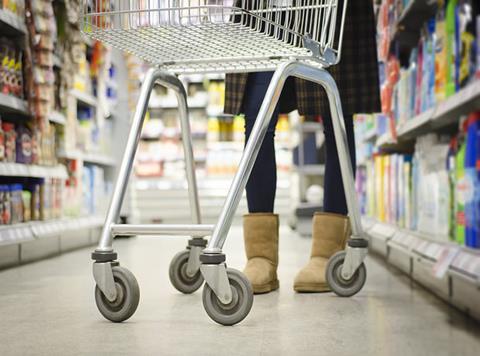
Trolley wheels tracking shoppers might sound like a gimmick from a budget spy film, but the invention holds huge potential for grocery, according to Dipak Raval, commercial director at Cambridge Consultants’ wireless division.
Using small sensors embedded in trolley wheels, the device can track shoppers to within a metre without the need for GPS tracking.
“We get information from commercial sensors you’d find in your smartphone so it costs around £7 per trolley,” says Raval. “It’s something you can buy off the shelf.” The applications are endless, he believes. “Imagine what you could learn if you noticed you were getting high density somewhere in a store. You could charge brands to present in areas where there is a lot of traffic.
“What would it mean in terms of queue management systems? Could you navigate to a shopping list? Locate a spillage? Stop shopping trolley theft?”
No deals have been struck, but supermarkets and trolley manufacturers have both expressed interest in getting their hands on their very own smart trolleys.
The robotic arm
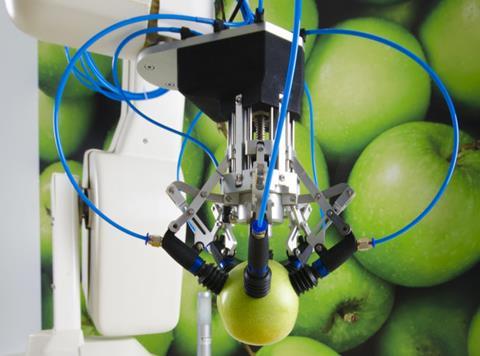
“This is the problem Amazon and Ocado thought was too hard,” explains head of industrial robotics Chris Roberts as he demonstrates a state-of-the-art robotic hand designed to sort fruit.
The demo involves picking items out of a fruit bowl using a robotic arm and illustrates the challenge with industrial robotics until now. “Robotics has been around for a long time but existing robots are actually quite limited,” he explains. Programmed to carry out specific and repetitive roles on car production lines, for example, robots currently in use don’t cope well with surprises or unpredictability. Or oranges that roll around in a fruit bowl. And “it’s surprisingly tricky to get one to tell the difference between a yellow orange, and a slightly lemony orange” adds Roberts.
But following six months’ work, engineers and students at the tech company have managed just that. Taking one photograph and one depth map to judge distance, the robotic hand gently grips apples, oranges and lemons and sorts them into careful piles using complex mathematical software.
No grocer is yet using this tech (or at least none the company can talk about) but “it’s just about possible to start replacing the human that picks online orders with a robot”. So for retail it could be used in a “robot-friendly” dark store to pick and sort orders instead, for example, or in any “semi-structured environment”. But it potentially has wider implications too. “If you’re going to take a robot and apply it to picking apples in a field it needs to be able to cope with apples of different sizes; it needs to be able to detect those hidden away,” Roberts explains.
The digital parking warden
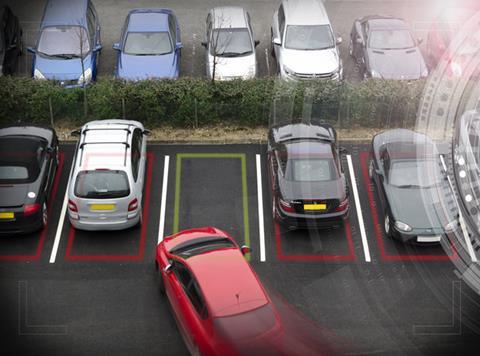
Forty per cent of all carbon emissions pumped out by cars inside are from those waiting for a parking space. Not to mention the vitriol spewed forth by their impatient drivers. Large retail stores looking to reduce both often invest in hi-tech parking systems that keep track of free bays, explains Dipak Raval. “But it’s really expensive,” he says. “These systems require you to put a sensor in each parking bay.”
To combat that expense, the team has taught a simple camera to do the job instead. “It’s a cheap camera you could have as part of your street lighting system,” says Raval. It detects if a car has stopped inside a parking bay by tracking its size and shape. It then assigns a bay a red line if filled, and green if empty.
And crucially it teaches itself where all the spaces in a car park sit. “Some people call it artificial intelligence, but it’s actually machine learning,” says Raval.
Both parking companies and retailers have shown “huge interest” he says. And no wonder. “Now we can do this at a massive scale it makes it completely disruptive,” he adds.
The robotic pickers
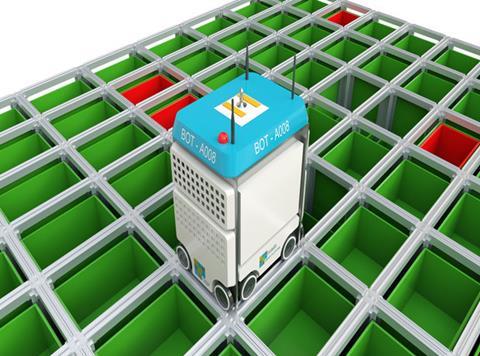
At a warehouse in Hampshire, a swarm of 1,000 semi-autonomous robots are in the final stages of testing. Hurtling through a maze of towering crates, these high-speed automatons will soon be searching out SKUs ordered by Ocado shoppers. All thanks to a radio-controlled system that delivers commands 10 times per second to track each robot to a fraction of a second.
“It’s a complete revolution in the way you would run your warehouses,” says Tim Ensor, head of connected devices at Cambridge Consultants.
The 4G technology inserted in each robot was created from scratch, a challenge comparable to attempting to control the movements of all the aircraft flying in and out of London Heathrow if they were circling within a few kilometres of each other, says the tech firm. But the result means “rather than streaming to a couple of handsets we can talk in real time, highly reliably, all the time to thousands of robots” adds Ensor. “It means you can have the system, start with a small site and, as demand and requirements grow, add rows, and more robots.
And with the potential for the system to be scaled up 20-fold, Ocado looks set to make the technology available to potential “global partners” in grocery.
It could help grocers overcome the big multichannel challenge, adds AJ Van Bochoven, head of retail innovation.
“Retailers need enhanced automation to be able to know where products are at any time, and hand consumers the products when they want, where they want and when they’re ready to part with their cash.”
The clever cash drawer

Cashing up is a faff. And not only for cashiers. It also costs retailers about $41bn globally, according to the Global Retail Theft Barometer, thanks to light-fingered employees.
Current tills to tackle the issue don’t come cheap either, says senior engineer Tom Fry. Using eight expensive load cells to detect coins, they’re bulky and in need of calibration. And they’ll set a retailer back several hundred pounds.
Approached by a “one-man band” keen to scale up his alternative, Cambridge Consultants has whittled those load cells down to just three. These triangulate where and which coin has been dropped anywhere in the drawer. “It’s cheaper to buy and make, it has the same accuracy or better and it takes away the need to calibrate because of all the maths,” explains Fry.
Crucially it also runs in real time, telling a retailer exactly how much cash each till has taken at any given time, making it far easier to catch employees with their hands in the till.



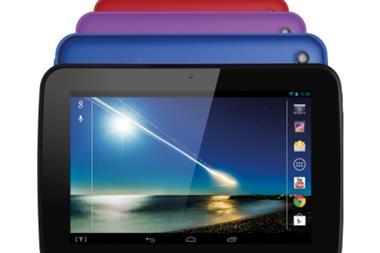

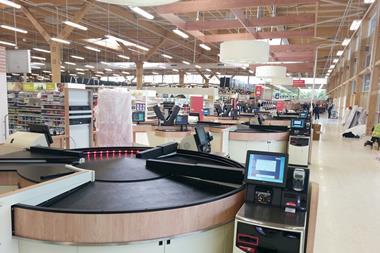

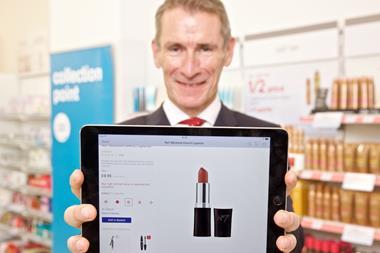
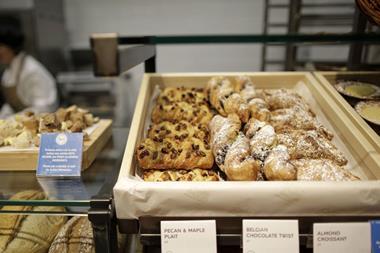


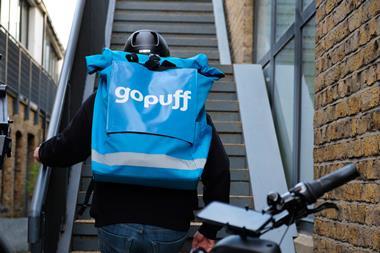
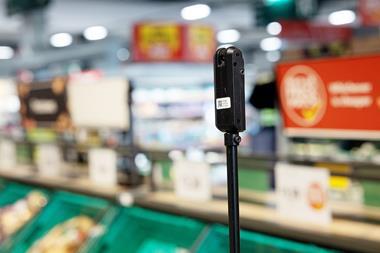

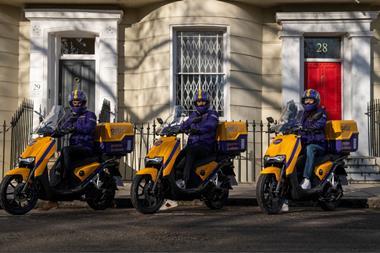
No comments yet